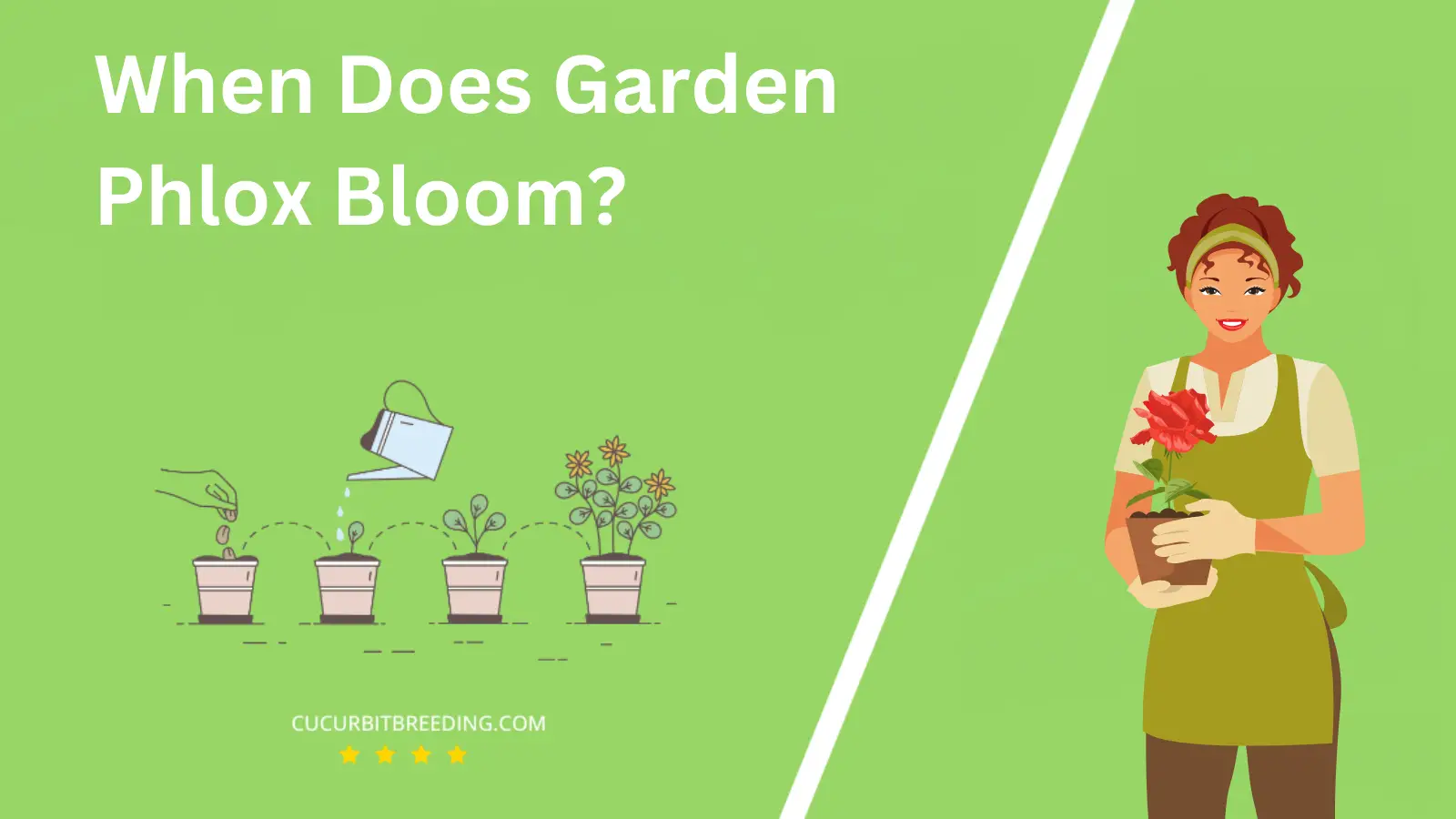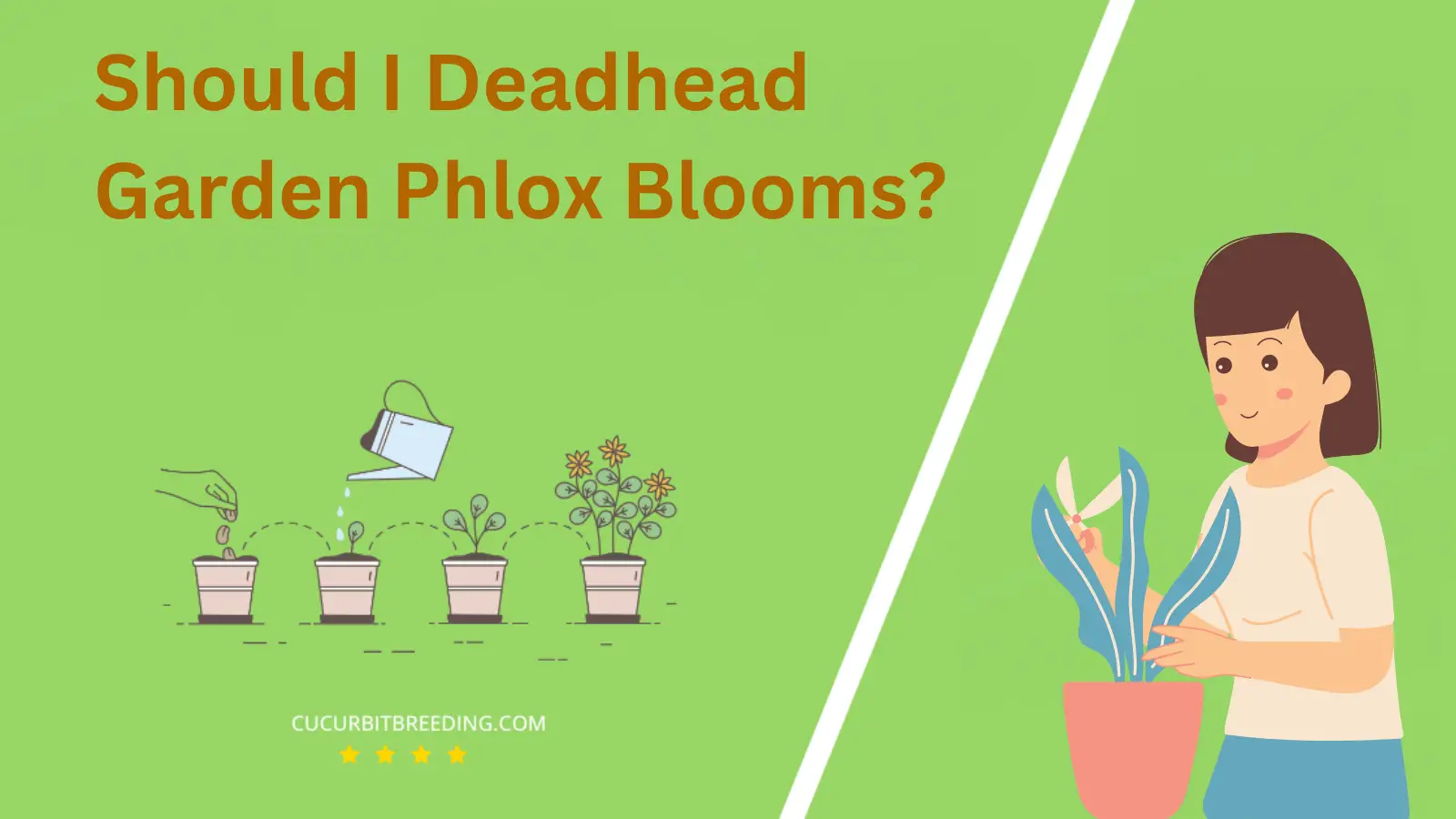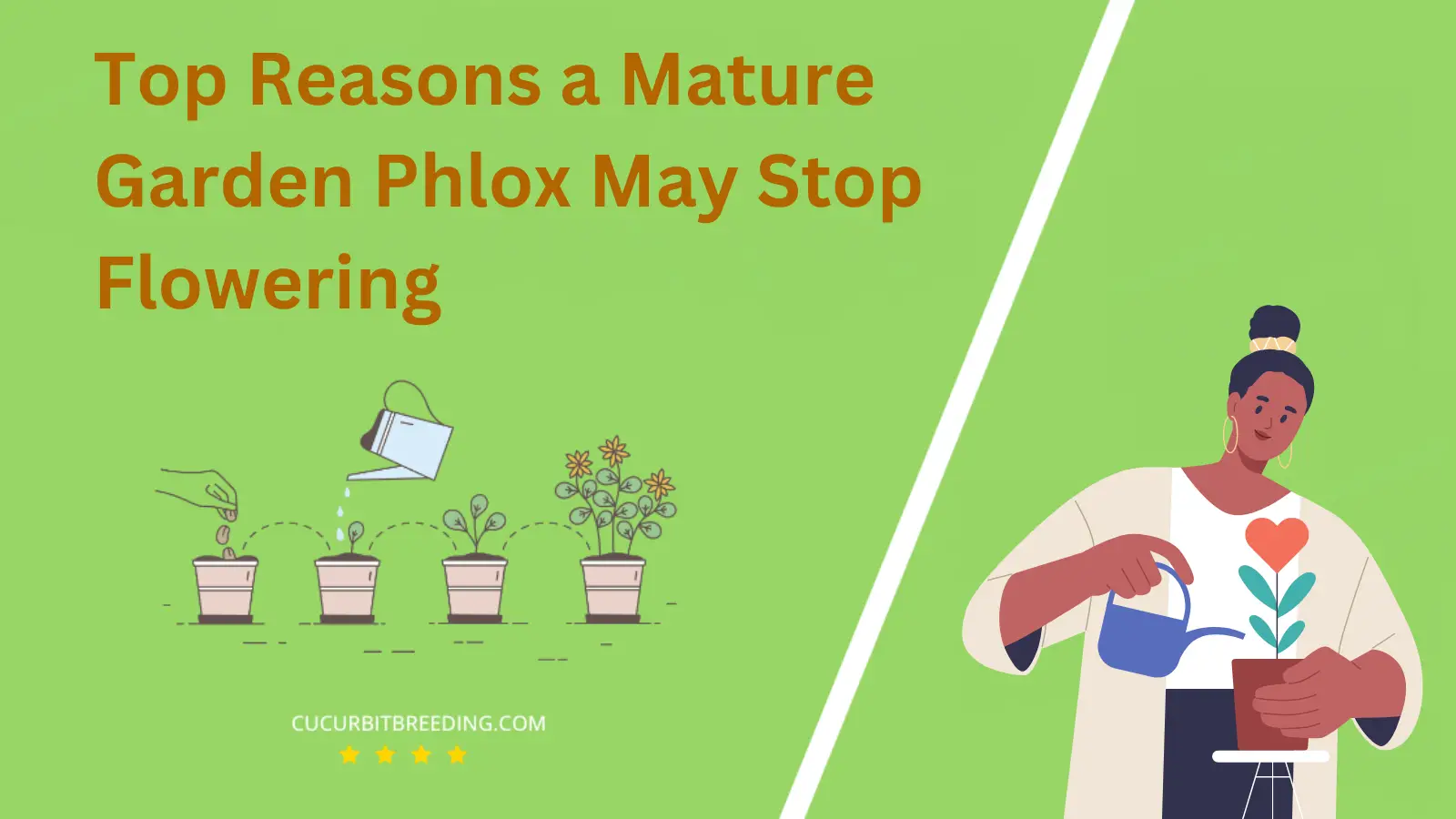
Stepping into the world of botany, one might ask, “When does garden phlox bloom?” This perennial favorite, known for its vibrant colors and sweet fragrance, plays a crucial role in any garden’s aesthetics.
Understanding its blooming cycle can significantly impact your gardening strategy, ensuring a continuous display of beauty. Let’s delve into the life of garden phlox and unravel the mystery of its blooming schedule.
When Does Garden Phlox Bloom?
Garden Phlox, scientifically known as Phlox paniculata, typically blooms during the summer season. The exact period may vary based on the geographical location and climate, but generally, the blooming season falls between July and September.
| Stage | Description |
|---|---|
| Germination | Spring (March to May) |
| Growth | Summer (June-August) |
| Blooming | Summer (June-August) |
| Dormancy | Winter (December-February) |
How Long Do Garden Phlox Bloom?
Garden Phlox, scientifically known as Phlox paniculata, typically blooms for a period of 6 to 8 weeks during the summer months. The exact timing can vary based on the specific variety and local climate conditions, but generally, you can expect the flowers to appear sometime between July and September.
How Light Affects Garden Phlox Blooms?
Light significantly impacts the blooming of Garden Phlox. Garden Phlox requires full sun exposure for optimal growth and blooming. This means it should receive at least six hours of direct sunlight every day. Sunlight plays a crucial role in photosynthesis, which contributes to the production of blooms.
However, in areas with extremely hot summers, Garden Phlox can benefit from partial shade during the afternoon hours to prevent wilting and burning. Insufficient light can lead to fewer blooms, leggy growth, and increased susceptibility to diseases like powdery mildew. Therefore, providing the right amount of light is essential for healthy and abundant Garden Phlox blooms.
Will Garden Phlox Bloom in the First Year You Plant It?
Garden Phlox, otherwise known as Phlox paniculata, is a perennial plant that usually does not bloom in its first year after being planted. It spends its initial year developing a strong root system and foliage. The first blooms are typically seen in the plant’s second year, given the right growing conditions and proper care.
Will Garden Phlox Bloom Every Year?
Yes, Garden Phlox will bloom every year. They are a perennial species, meaning they live for more than two years, typically flowering and producing seeds over and over throughout their lifespan. However, to ensure consistent yearly blooms, they require proper care including full sun exposure, well-draining soil, and regular watering.

Should I Deadhead Garden Phlox Blooms?
Yes, you should deadhead Garden Phlox blooms. Deadheading, or the process of removing faded blooms, can encourage the plant to produce more flowers. It also prevents the plant from using energy to produce seeds, directing it towards growth and flower production instead. Furthermore, it helps maintain the plant’s appearance, keeping it tidy and attractive.
Top Reasons a Mature Garden Phlox May Stop Flowering

Mature Garden Phlox may stop flowering due to several reasons. First, insufficient sunlight can significantly affect its blooming. Garden Phlox requires full sun to partial shade for optimal flowering. If the plant is in a place that does not receive enough sunlight, it may stop flowering.
Secondly, improper watering can also be a cause. Garden Phlox likes moist but well-drained soil. Overwatering or underwatering can stress the plant and hinder its blooming.
Another reason can be inadequate fertilization. Garden Phlox requires a balanced fertilizer for healthy growth and flowering. If the soil lacks essential nutrients, it can affect the plant’s ability to produce flowers.
Lastly, disease and pest infestation can also cause a Mature Garden Phlox to stop flowering. Pests, fungi, or diseases can stress the plant and affect its overall health, including its ability to flower.